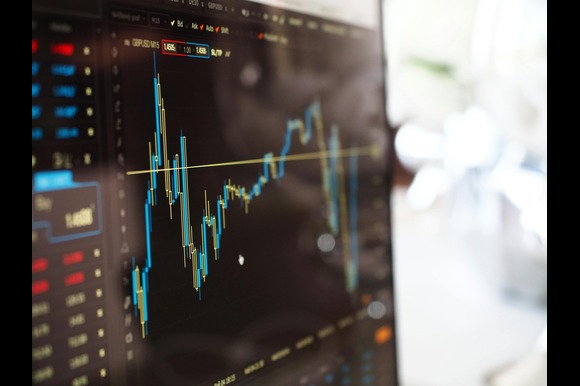
Photo by energepic.com
The US stock market is experiencing fluctuations but remains relatively stable in early trading on Wednesday, following significant movements in global markets due to the ongoing escalation of President Donald Trump’s trade war.
The S&P 500 showed little change after futures markets had previously suggested a potential for a more substantial decline. During the initial five minutes of trading, it fluctuated between positive and negative territory.
As of 9:35 a.m. Eastern time, the Dow Jones Industrial Average had decreased by 170 points, equivalent to a 0.5 percent drop, while the Nasdaq composite experienced a 0.5 percent increase.
Recently, financial markets have exhibited significant volatility, with fluctuations occurring not only from day to day but also within the same hour. On Tuesday, for instance, the S&P 500 experienced dramatic shifts, swinging from a 4.1 percent gain to a 3 percent loss, marking its second consecutive day of remarkable reversals.
The latest movements on Wall Street followed the implementation of new tariffs by Trump, which took effect at midnight for imports globally. This included a staggering 104 percent tax on goods from China, prompting the world’s second-largest economy to respond by announcing an increase in tariffs on U.S. products to 84 percent, effective Thursday. The Ministry of Commerce stated, “If the U.S. continues to escalate its economic and trade restrictions, China possesses both the determination and the resources to implement necessary countermeasures and will fight to the end.”
This aggressive posturing between the two largest economies in the world is heightening concerns that tariffs may persist for an extended period, a scenario that economists and investors fear could lead to a recession.
There remains a glimmer of hope on Wall Street that President Trump may reduce his tariffs following discussions with other nations, which is contributing to occasional increases in stock prices.
On Wednesday, significant activity was observed in the US bond market, where Treasury yields experienced a notable rise. The yield on the 10-year Treasury climbed to 4.36 percent, up from 4.26 percent late Tuesday and significantly higher than the 4.01 percent recorded at the end of the previous week.
Earlier in the day, yields reached as high as 4.50 percent, marking a substantial shift in the bond market that may signal underlying stress. Analysts suggest that this movement could be attributed to hedge funds and other investors needing to liquidate their Treasury bonds to generate cash in response to considerable losses in the stock market.
Additionally, foreign investors might be divesting from US Treasuries due to the ongoing trade conflict. Both scenarios would lead to a decline in Treasury prices, consequently driving up their yields.
Regardless of the underlying factors, the rising yields on Treasuries exert additional pressure on the stock market and are likely to increase mortgage rates and other loans for American households. Futures for the S&P 500 and other US stock indices reduced their losses on Wednesday morning as Treasury yields moderated their significant gains.
The prevailing uncertainty surrounding tariffs complicates strategic planning for major US corporations. Delta Air Lines withdrew its financial projections for 2025 on Wednesday, as the trade war disrupts expectations for both business and consumer spending, leading to a decline in bookings within the travel industry. Nevertheless, its stock rose by 7.1 percent.
“In light of the widespread economic uncertainty regarding global trade, growth has largely stagnated,” stated CEO Ed Bastian on Wednesday. “In this environment of slower growth, we are safeguarding our margins and cash flow by concentrating on factors within our control.” Meanwhile, stock markets in Europe and much of Asia experienced declines.
The FTSE 100 in London decreased by 2.7 percent, while Tokyo’s Nikkei 225 experienced a decline of 3.9 percent, and the CAC 40 in Paris fell by 3.3 percent. In contrast, Chinese stocks showed resilience, with indexes in Hong Kong rising by 0.7 percent and those in Shanghai increasing by 1.3 percent.




